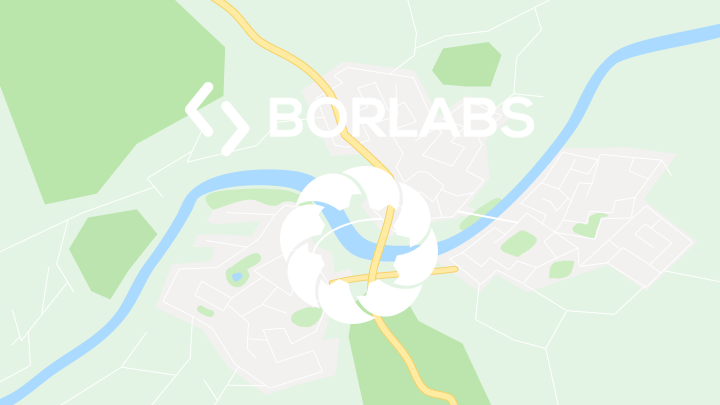
Annex B: Battle on the wilds
The Roman writer Tacitus reports that during the visit of the Varus battle field by Germanicus in 15 AD near the battlefield it came to a battle with Arminius in rough terrain :
„Germanicus, however, followed Arminius as he fell back on the wilds, and at the earliest opportunity ordered the cavalry to ride out and clear the level ground in the occupation of the enemy. Arminius, who had directed his men to close up and retire on the woods, suddenly wheeled them round; then gave the signal for his ambush in the glades to break cover.
The change of tactics threw our horse into confusion. Reserve cohorts were sent up; but, broken by the impact of the fugitive columns, they had only increased the panic, and the whole mass was being pushed towards swampy ground, familiar to the conquerors but fatal to strangers, when the Caesar came forward with the legions and drew them up in line of battle. This demonstration overawed the enemy and emboldened the troops, and they parted with the balance even." (Tacitus, Ann. I, 63)
From the Teutoburg Forest Battlefield in the foothills of the Arnsberg Forest on the southern edge of the Hellweg Beorde Arminius was able to withdraw in rough terrain only in one direction, namely deeper into the Arnsberg Forest. A possible road to do this was the Kriegerweg, an ancient highway built by the Romans from Ruethen vie Warstein and the leading further southward throuhg the das Sauerland. The first major planar area resp. the field that Arminius could occupy was the ridge of the Plackwald south of the Warstein hill country. Also the ancient highway Plackweg leads via the Plackwald. The Kriegerweg crosses the Plackweg at the Warsteiner Kopf.
The podsolised sandy-loamy soils in the valleys of the source Plackwaldes tend to soil wetness and peat formation, the largest moor area of the Plackwald is the Hamorsbruch west of the intersection of Kriegerweg and Plackweg.
The Roman cavalry and auxiliary troops advancing via the Kriegerweg against the Germani thus were intercepted by the Germani on Plackweg and were in danger to be pushed into the moor area of the Hamorbruch. The impending defeat, however, could be averted by the moving up of the Roman legions.
Fig. B-1: Battle on the wilds, advance of the Roman cavalry and auxiliary troops (light blue), attack of the Germani at the ‘Plackweg’ (red), moving up of the Roman legions via the ‘Kriegerweg’ (dark blue)
A larger open area in the Plackwald was unusual in antiquity, the nutrient-poor and thus in at that time unsuitable for agriculture podzol soils were usually overgrown by native forest. In the Plackwald there are also no ore deposits whose exploitation could have caused the deforestation of large areas. However, a possible cultivation of the Plackwald could have been the mining of rock. The greywacke slate occurring in Plackwald can be won easily and works well as gravel for road construction.
